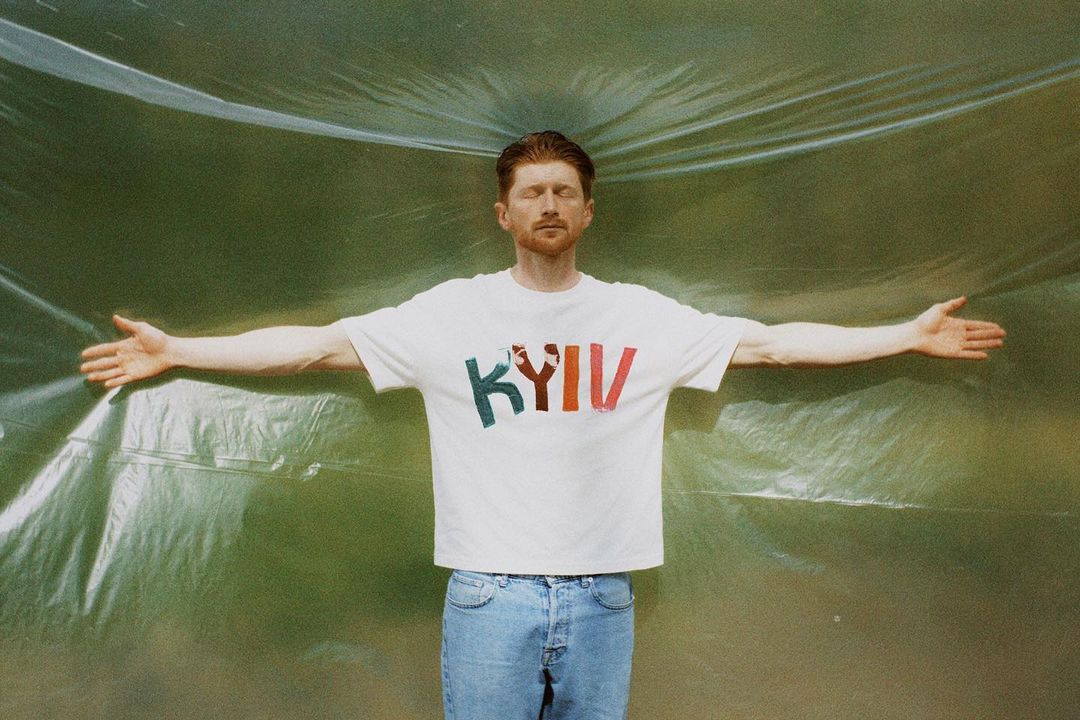It’s right to think, when we see the first collections of the Ukrainian SAPO, that we’ve probably never seen our grandmothers’ blankets so cool. It’s not so surprising nowadays when a brand swears by sustainability, but here’s proof that there are still new things to be discovered.
As we already know, the glamour of the fashion industry is overshadowed by extreme environmental pollution, with excessive overproduction, huge water consumption, and global carbon monoxide emissions. But at the same time, the most creative solutions can be discovered. The big fashion houses are prone to accusations of greenwashing, so if you are looking for truly conscious labels, seek out smaller brands and slow fashion for truly valuable treasures. This is the case with this up-and-coming Ukrainian brand, which not only makes a particular effort to be sustainable but also has a special local twist.
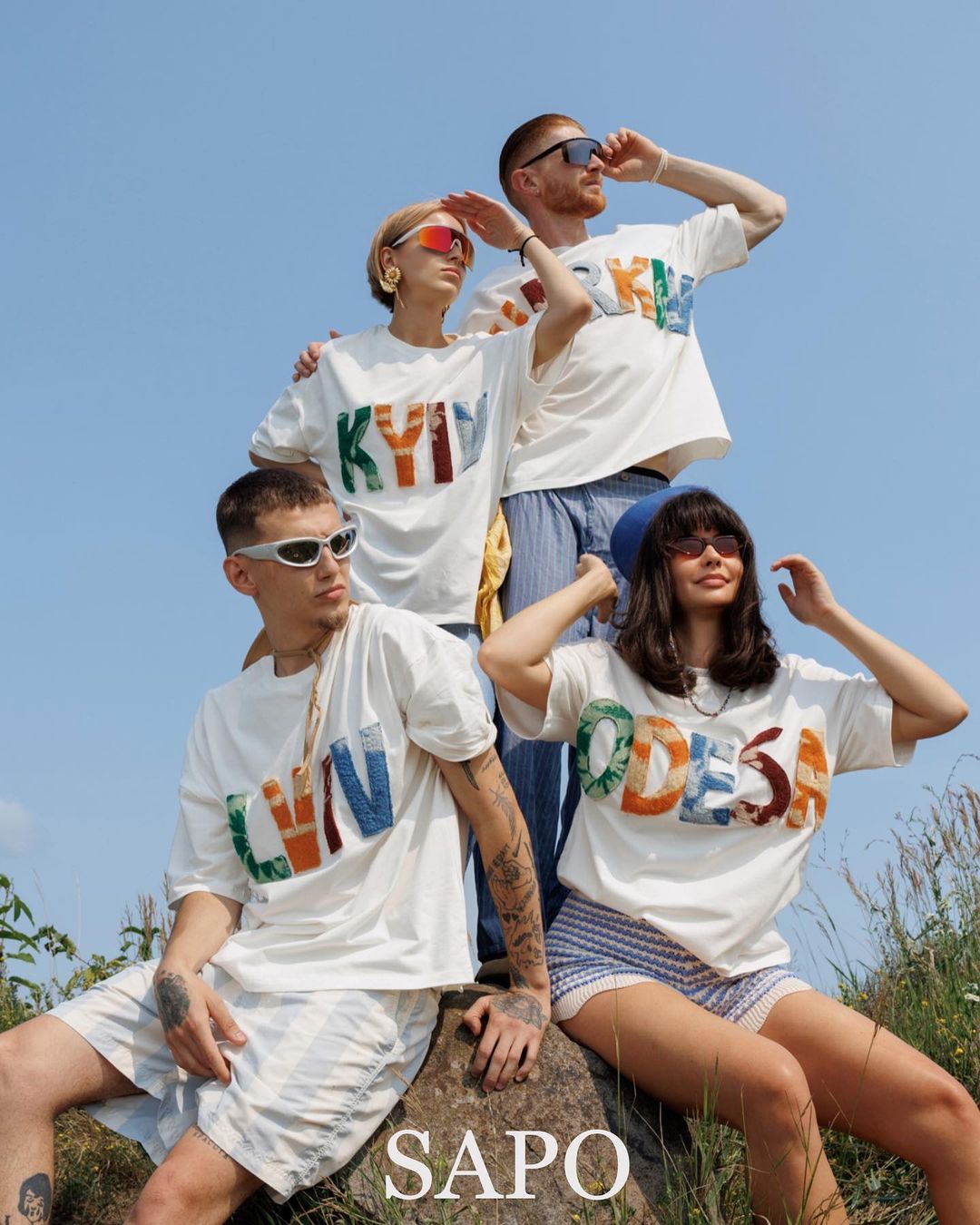
The SAPO brand was founded in the autumn of 2022 by Valeriia Vorozhylnyk in Uzhhorod, Transcarpathia. Although the brand is young, its collections offer a strongly nostalgic experience: it debuted with forgotten relics of the Ukrainian textile industry in a spirit of reinvention, with a deep focus on the use of traditional vintage materials.
In the spirit of authenticity, Valeriia Vorozhylnyk sources the raw materials for her collection from factories around the country, which are made up of high-quality blankets—the inspiration for the wool coat collection. The design of the jackets is defined by the colors and patterns of the blankets—with the addition of a casual and simple, practical cut that doesn’t distract from strong visual details. To further enhance the authentic Ukrainian experience, the collection also includes a little surprise, as the jackets are named after the cities of the factories where they are made. As part of this, we also get a little glimpse of textile history, as each factory had its own distinctive pattern, which is reflected in the garments: Kherson had a green and white color scheme, Lutsk produced striped blankets, while Odesa evoked the sea within the factories.
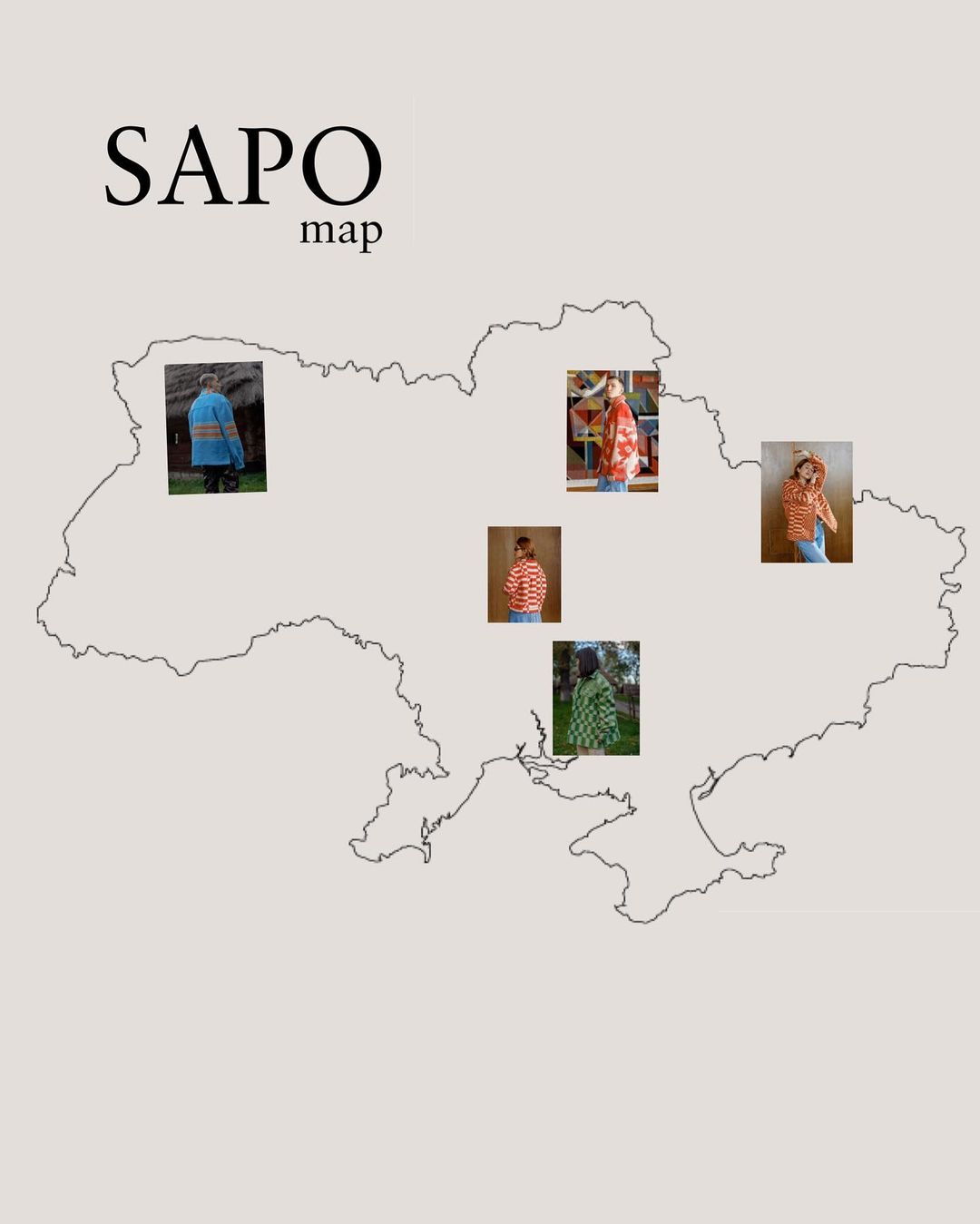
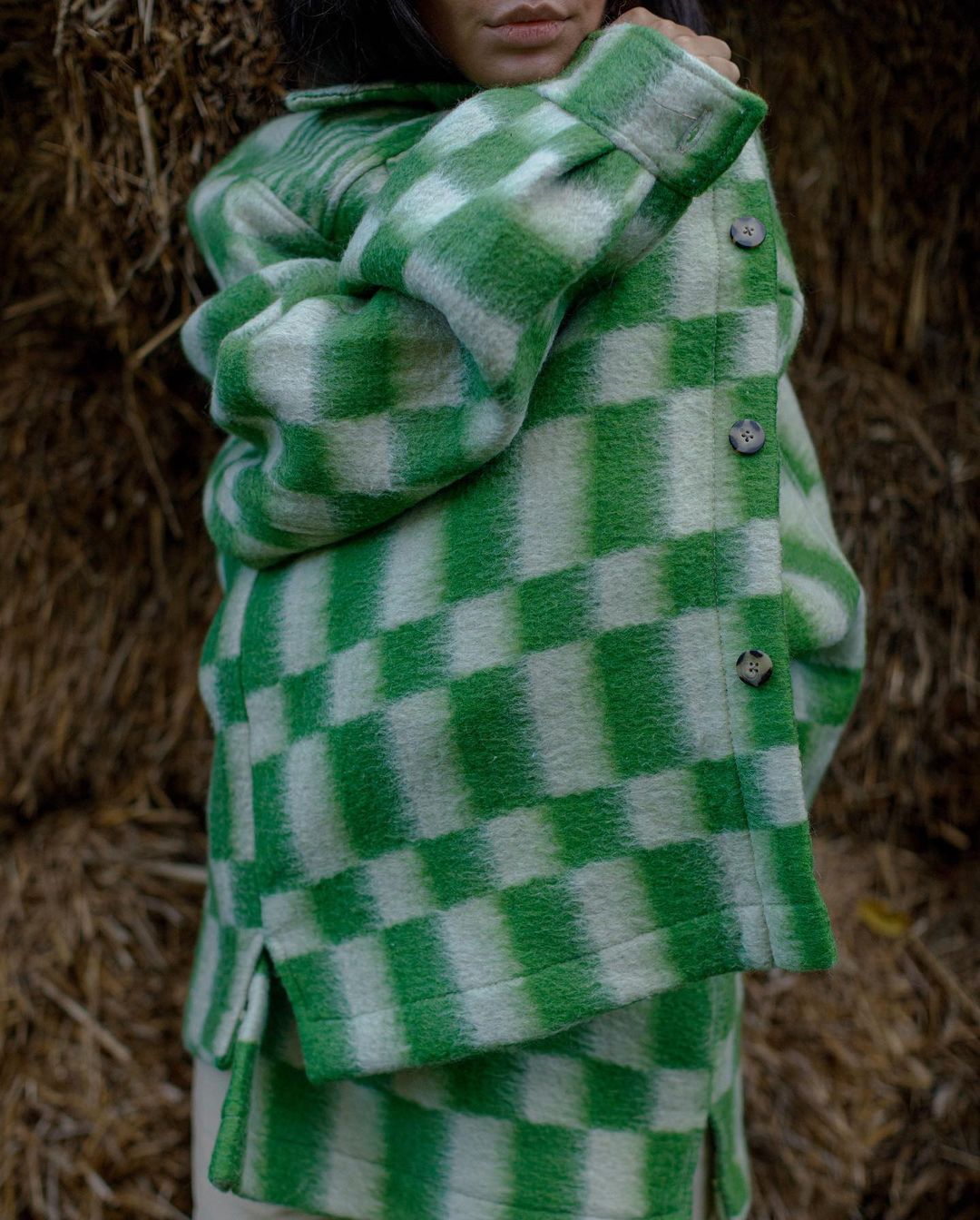
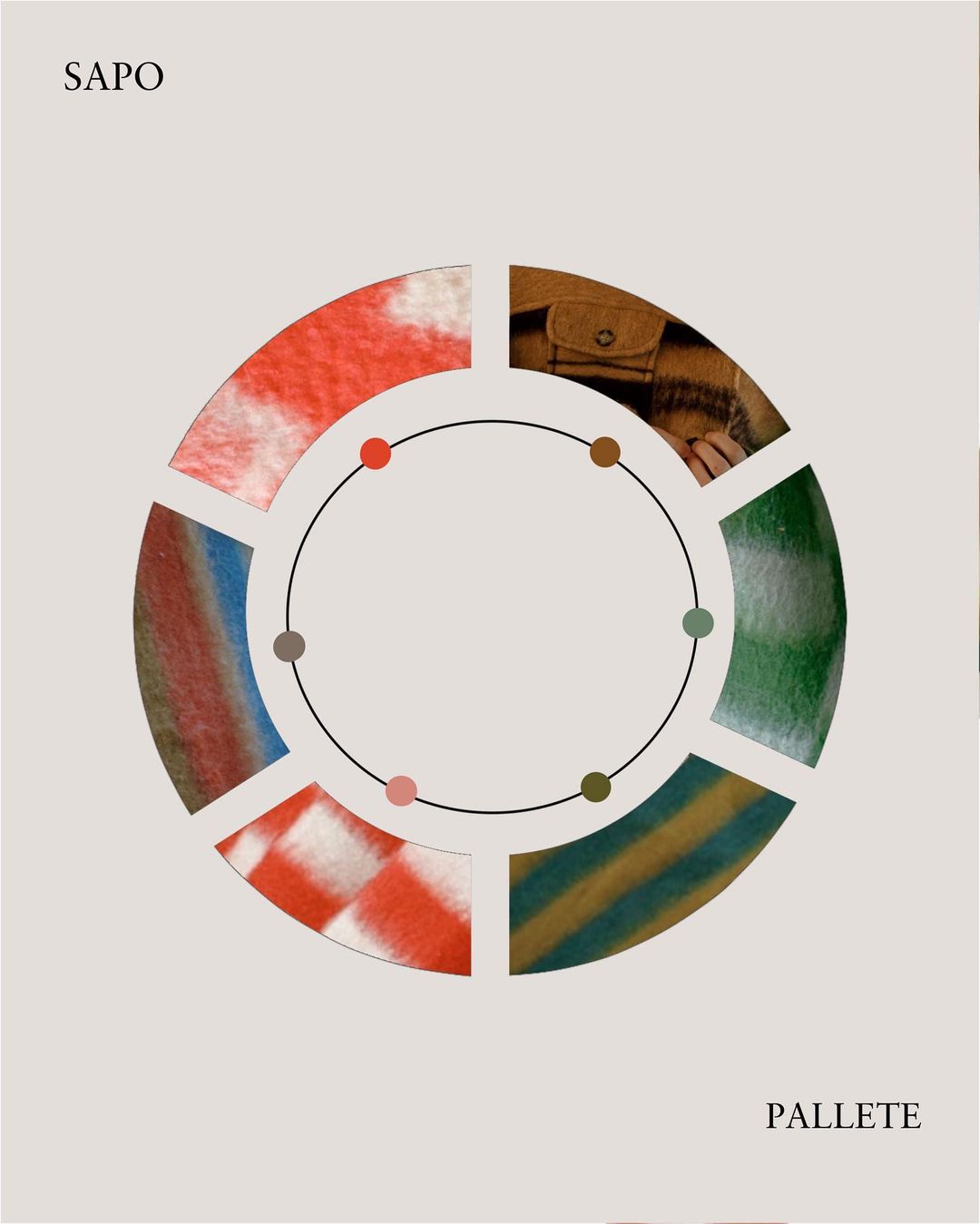
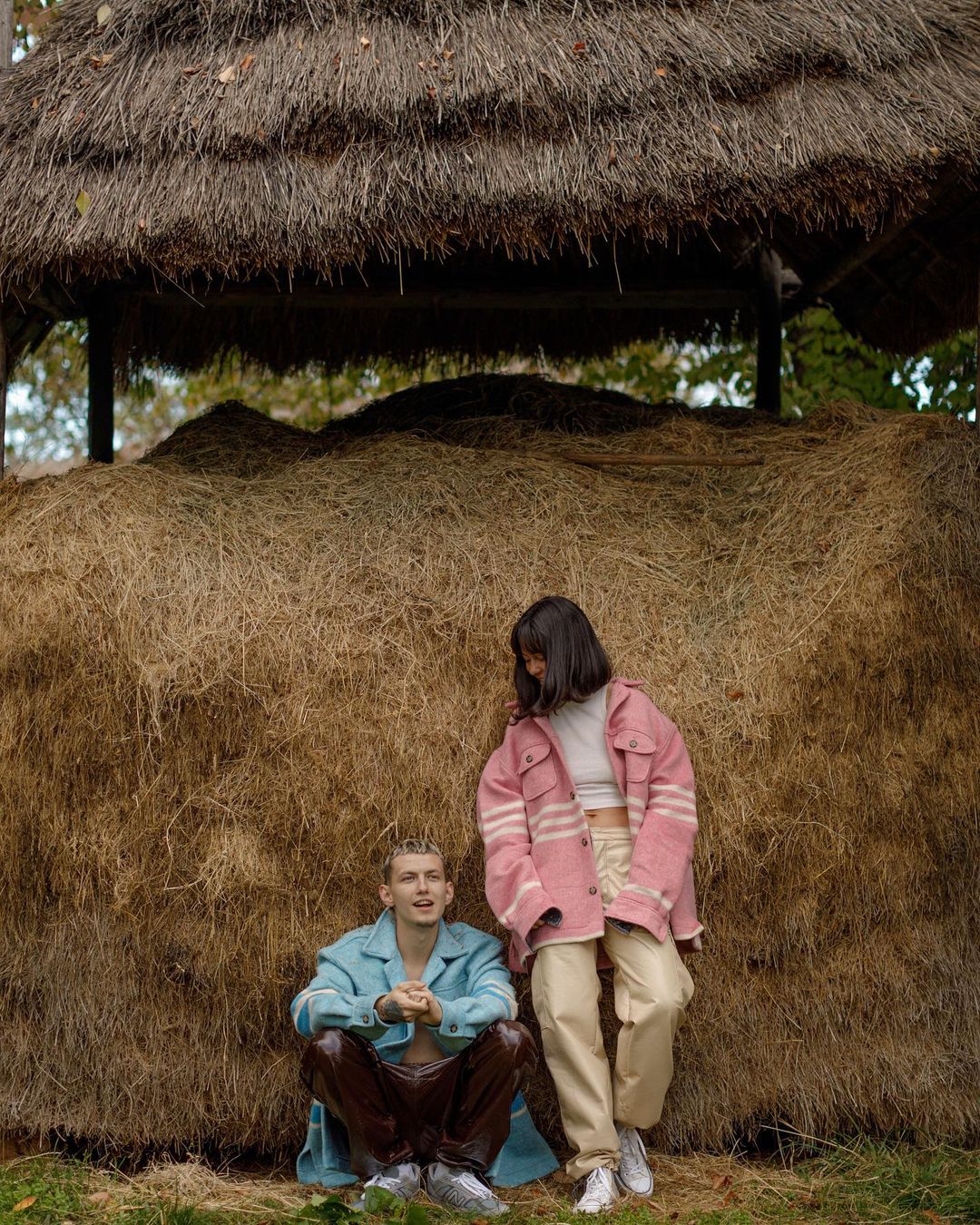


Another recurring solution to eco-friendly fashion is craftsmanship, which also embraces local values. In addition to the legacy of the factories, SAPO has also adapted this solution, resulting in an unusual corset. Boho, feminine, and even evoking the cozy home.

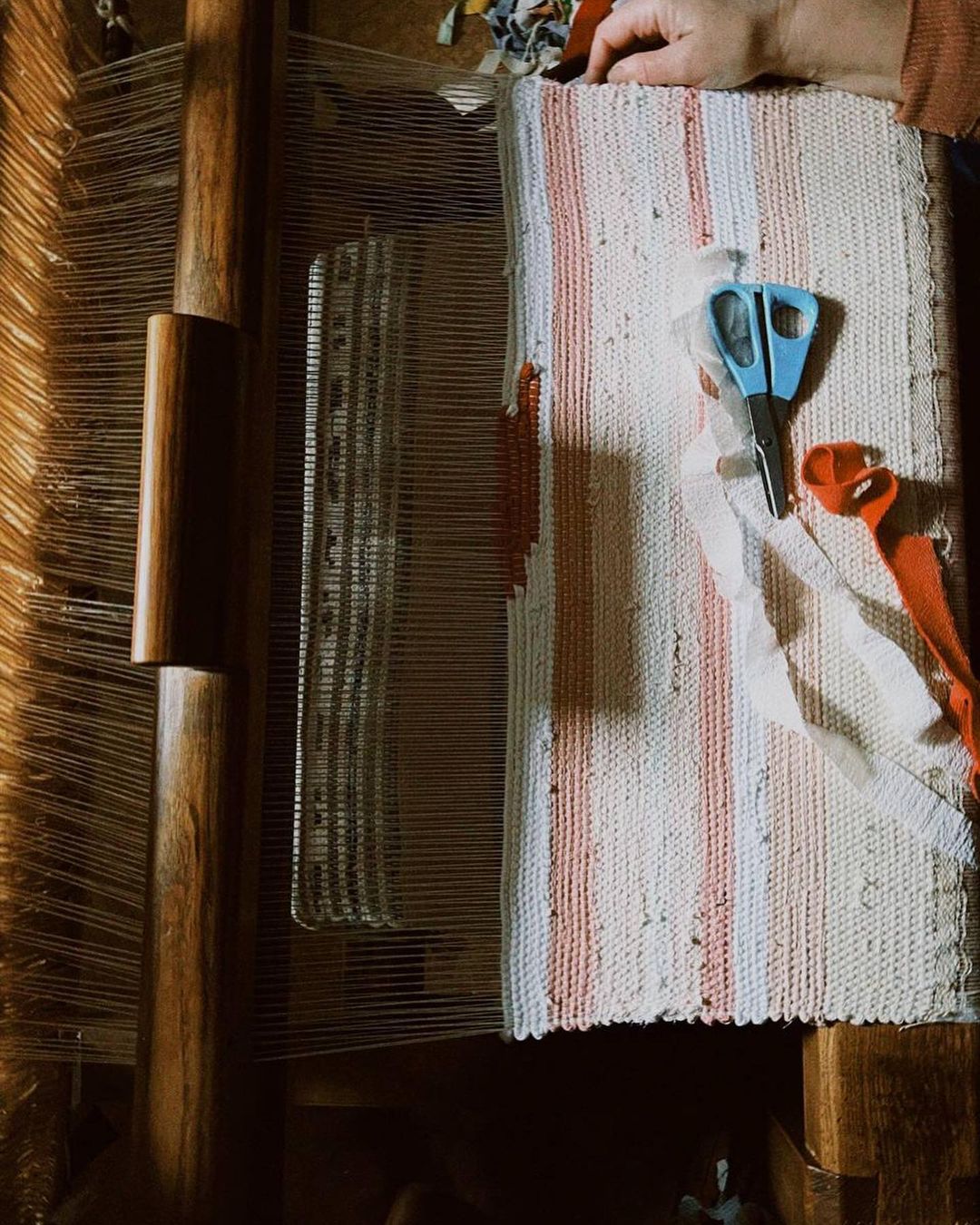
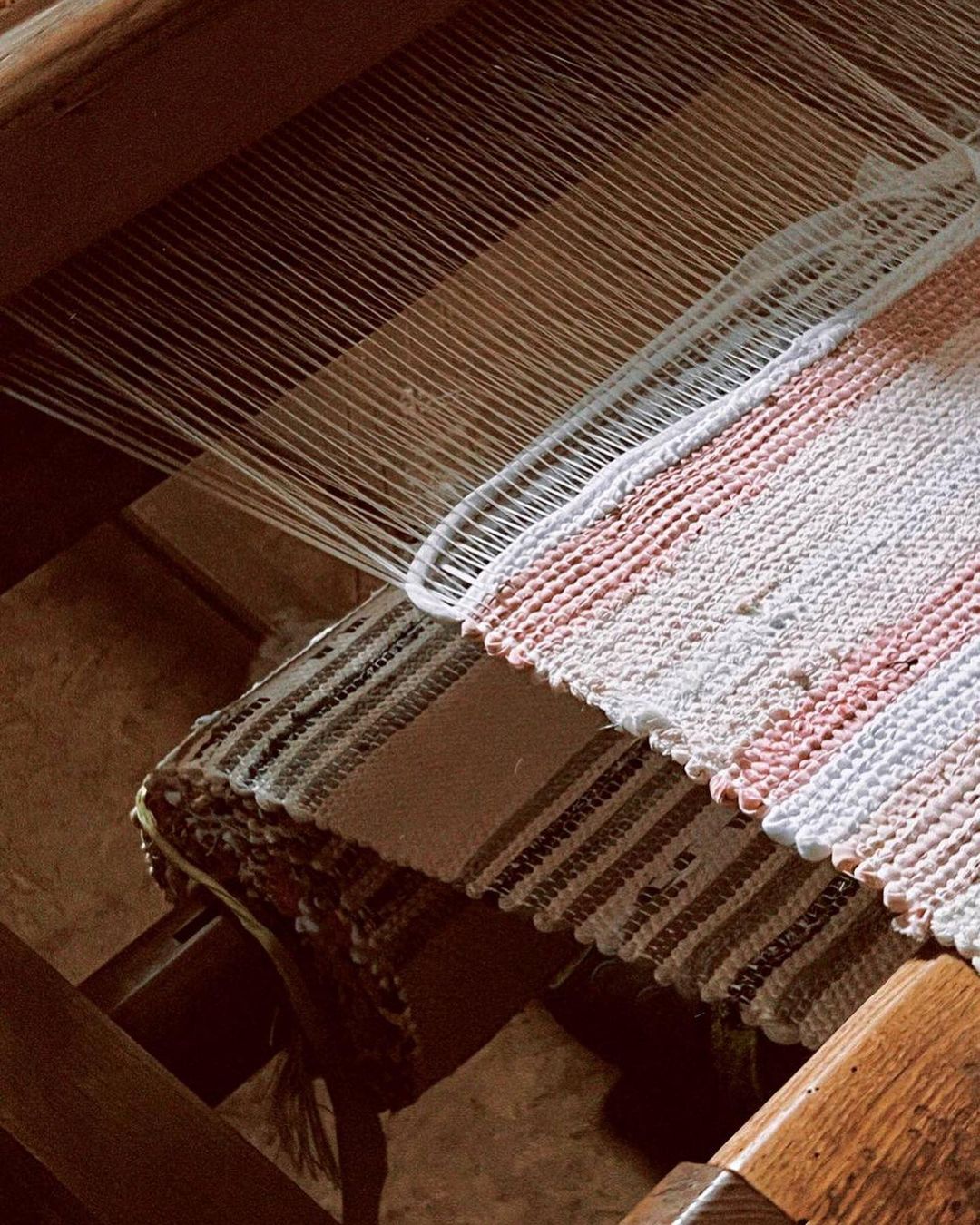

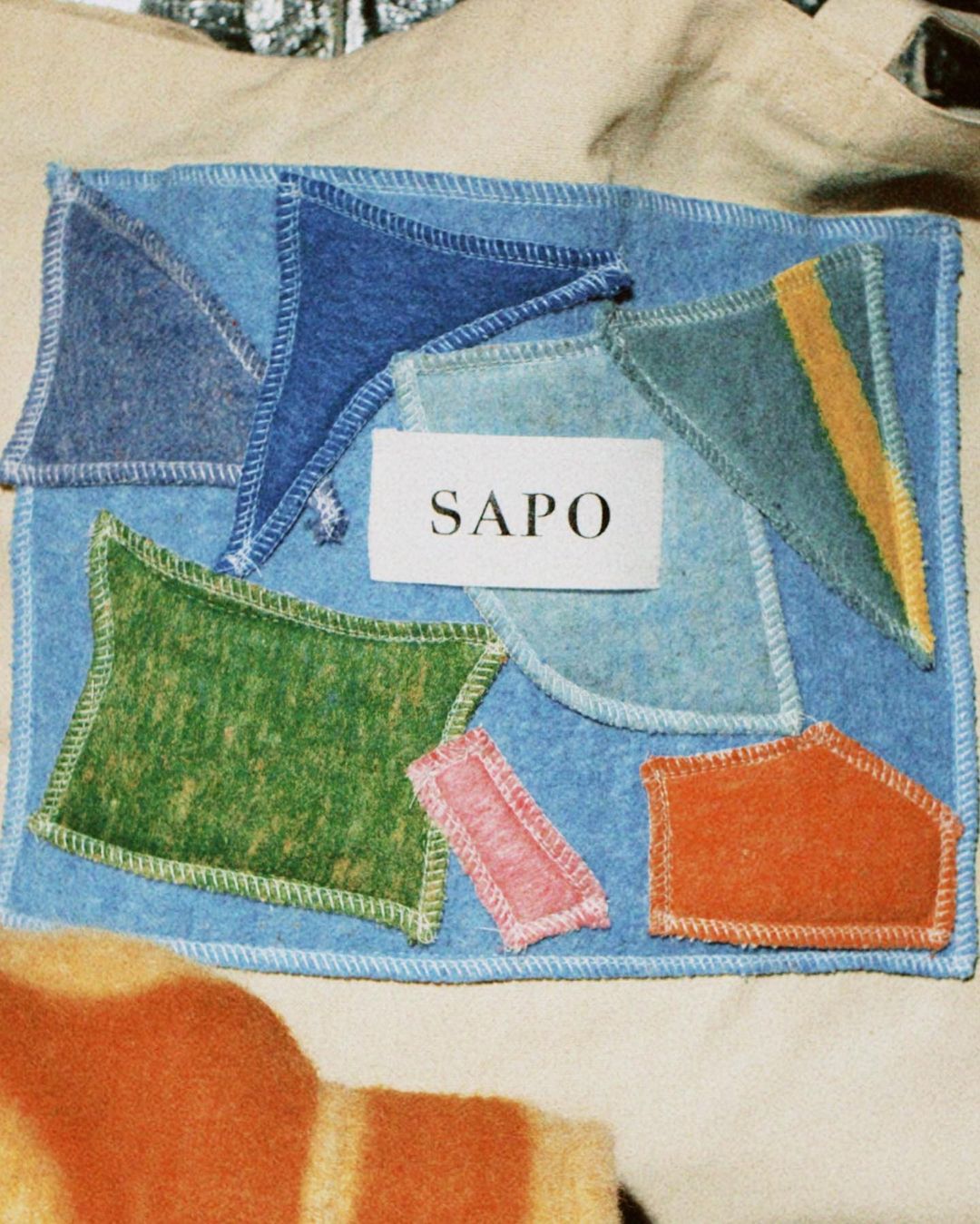
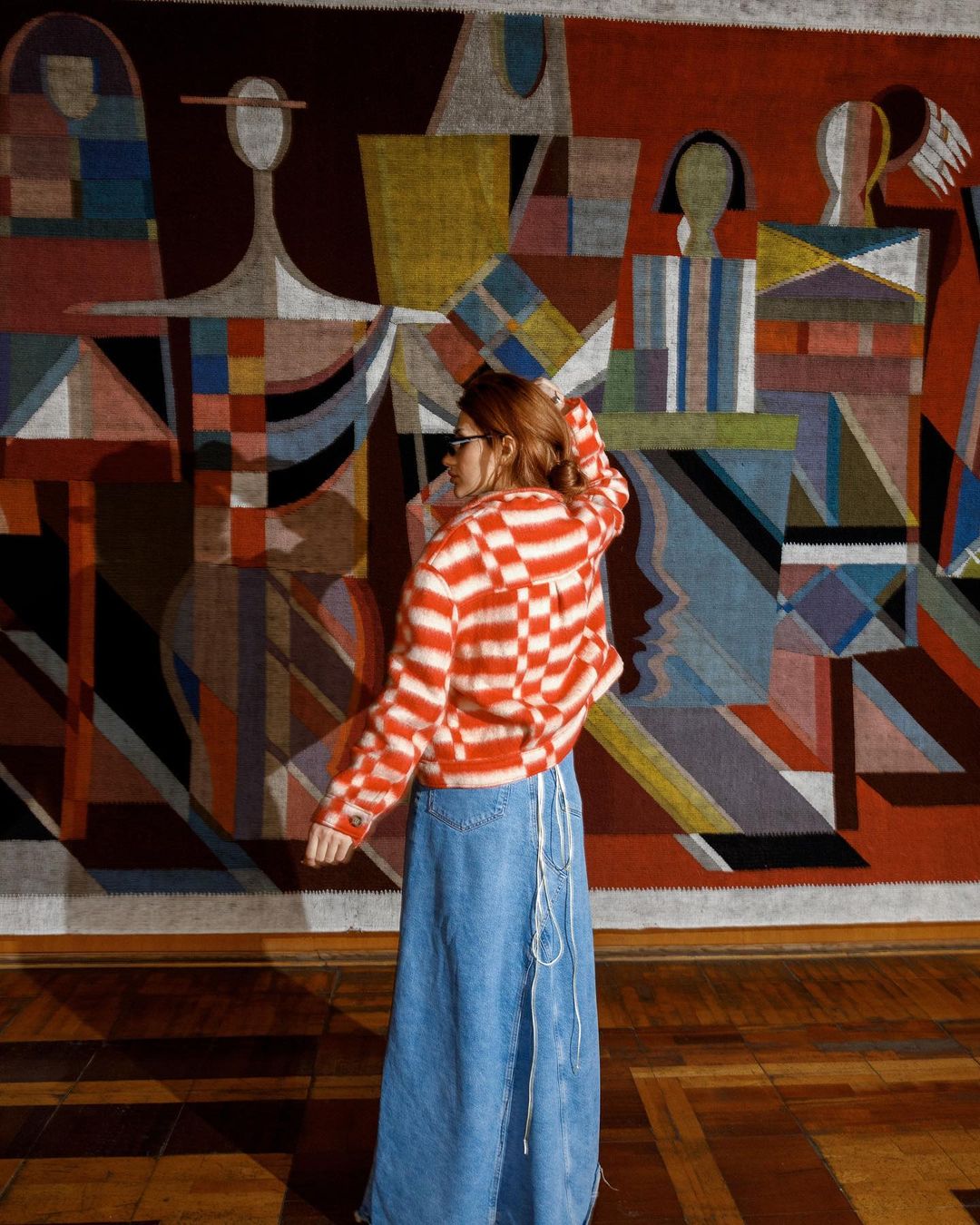
No matter how crowded the market is, uniqueness and evocation of the past will always find a way, as the example shows: even though generations and industries change, the object memory does not disappear, it only transforms.
Source: Vogue UA
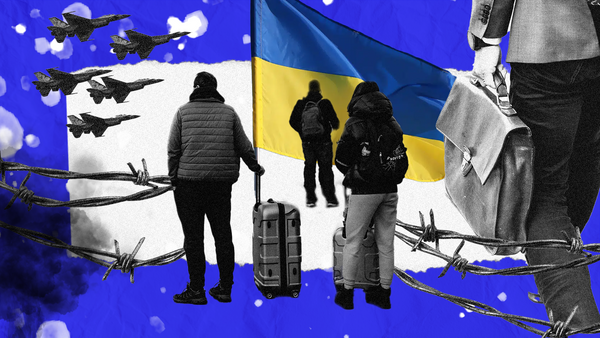
Ukrainian refugees boost Central Europe’s economy

Tensions on the Polish-Belarusian border have reached a peak










